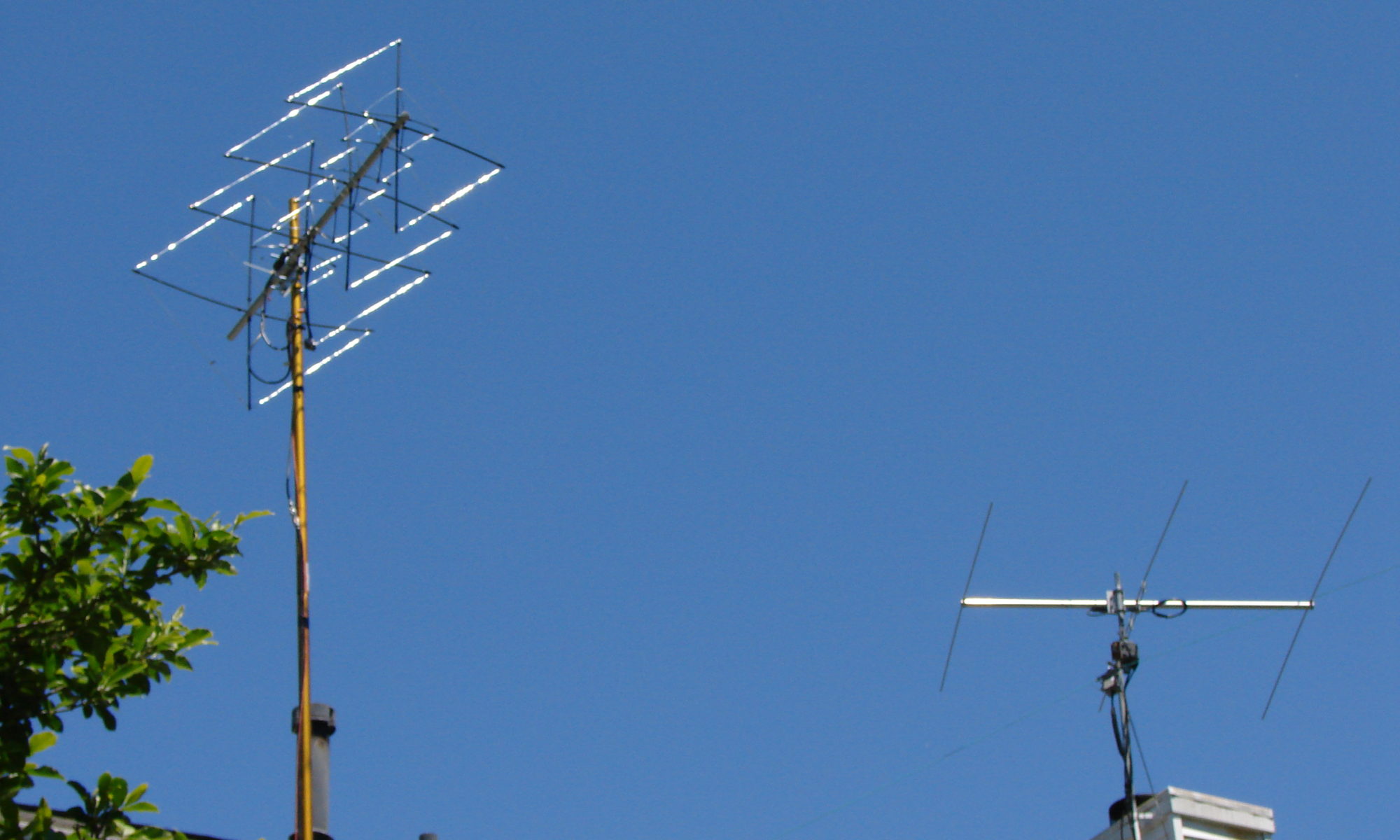As Field Day approaches, we’ll be taking many long pieces of cable – coax, extension cords, network cables, even guy ropes – out into the field and setting them up for our annual not-a-contest emergency exercise. Each year, many hams undoubtedly find that the cables they coiled up after last year’s Field Day are a twisted, tangled mess. Some end up broken, frayed or not working. It’s a frustration, for sure, and much can be avoided if the cables are coiled up the right way.
Unless your cable is on reels (either motorized or hand-crank), you’re probably coiling cables by hand. The most expedient method is often to use your forearm as a makeshift reel, coiling the cable between your palm and your elbow. The problem with this approach is that it twists the cable as you wind, causing stress on the conductors and making it difficult to unwind the cable when you want to deploy it again. It’s similar to winding the cable in a coil but with all the turns running in the same direction as you’d find in a single-turn inductor.
Among the things I’ve learned in forty-plus years in the broadcasting business is how to coil audio, video, camera and power cables the right way, so they aren’t damaged in the process and so they can be deployed quickly and smoothly. It’s called the “over-under” method. It’s a bit tricky to learn, but once you’ve mastered it, you’ll never coil your RG-8 or extension cords the old way again.
I could try to explain how to do it, but this video demonstrates it better than I can.
What he doesn’t explain is how to uncoil the cable when you go to deploy it. But that’s relatively simple. You hold the cable roll in your hand and notice which side of the pack the end is on. Take a turn or two off, and it should pay out nice and smooth. But, if you notice that the cable is tying itself into knots as you go, you’re taking the end off the wrong side of the coil. Simply pass the end back through the center of the coil, take off a couple turns, and the cable should untie itself and pay out smoothly.
There are other tricks you can do once you get good at this. You can hold one end and throw the coil and it should fly out nice and smooth. You can also lay the coil on the floor or the ground (such as with a 100-foot extension cord or a long piece of coax) and walk away with the end. It’ll uncoil, one loop at a time, and lay flat. Try these tricks at home before heading out to the Field Day site, just so you can get good at them.
Learn how to over-under coil your cables and you’ll be free of twisted, tangled, damaged cords!
Here’s another cable tip: Get an assortment of rolls of colored electrical tape or heat-shrink tubing. When you make cables, put a wrap or two of the same color at each end of the cable. It’s hard to visually trace a coax down a tower, but if you can see that the cable with the red end is connected to the tri-bander, you’ll know which end to hook up at the station end.
